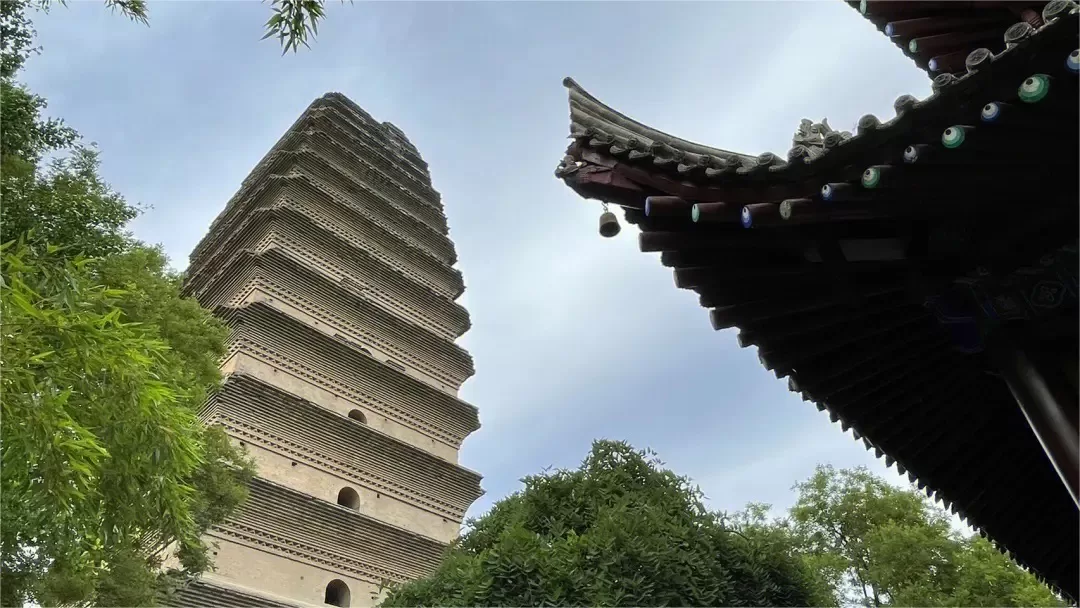The Giant Wild Goose Pagoda and Small Wild Goose Pagoda are two of the most popular landmarks in Xi’an, China. While both pagodas have a rich history and cultural significance, there are several differences between them.
Age and History
The Giant Wild Goose Pagoda, also known as Dayan Pagoda, is the older of the two, built in 652 AD during the Tang Dynasty. It was constructed by Emperor Gaozong to house Buddhist sutras and artifacts brought back from India by the monk Xuanzang. In contrast, the Small Wild Goose Pagoda, also known as Jianfu Temple Pagoda, was built in 707 AD during the Tang Dynasty, 55 years after the construction of the Giant Wild Goose Pagoda. It was built to commemorate Crown Prince Li Xian.
Height and Size
The Giant Wild Goose Pagoda is the larger and taller of the two, standing at 64.5 meters (211.6 feet) high with seven stories. The base of the pagoda is square-shaped and measures 25 meters (82 feet) on each side. The Small Wild Goose Pagoda, on the other hand, is 43 meters (141 feet) tall with 15 stories. Its base is rectangular and measures 31.5 meters (103 feet) by 29 meters (95 feet).
Architecture and Style
The two pagodas also differ in architectural style. The Giant Wild Goose Pagoda is a square brick structure with a giant stone Buddha statue on each of its four sides. The pagoda has a strong Indian influence in its design and decoration, reflecting its connection to Buddhist culture. In contrast, the Small Wild Goose Pagoda is a more traditional Chinese-style pagoda with eaves and wooden carvings. Its architecture is influenced by the art and culture of the Tang Dynasty, with intricate brickwork and decorative patterns.
Surrounding Scenery and Attractions
The Giant Wild Goose Pagoda is located in a large square surrounded by a beautiful park, with fountains and sculptures. The area is lively and bustling with tourists and locals alike. The pagoda is also surrounded by several temples and museums, such as the Tang Paradise, which offers visitors a glimpse of Tang Dynasty culture. The Small Wild Goose Pagoda is located in the Jianfu Temple, which is now a public park. The park features several gardens and a pond, making it a peaceful and tranquil place to visit.
Cultural Significance
Both pagodas have great cultural significance in Chinese history. The Giant Wild Goose Pagoda is considered one of the most important Buddhist sites in China and is a UNESCO World Heritage site. It is also a symbol of the Silk Road and the cultural exchange between China and other countries. The Small Wild Goose Pagoda, on the other hand, is considered a masterpiece of ancient Chinese architecture and is an important historical relic of the Tang Dynasty. It is also a testament to the importance of Buddhism in Chinese culture during that time period.
Conclusion
Overall, while both the Giant Wild Goose Pagoda and Small Wild Goose Pagoda are significant historical and cultural landmarks in Xi’an, they differ in age, size, architectural style, surrounding scenery and attractions, and cultural significance. Visiting both pagodas can offer visitors a glimpse into the rich and diverse history and culture of China.


